Grocery Items
Palm Oil
£17.99
+ Free ShippingPalm Oil is a widely used vegetable oil derived from the fruit of the oil palm tree (Elaeis guineensis). It is a staple ingredient in many global cuisines and has diverse applications in food production and industrial processes. Here’s a detailed description:
Overview
Palm oil is extracted from the flesh (mesocarp) of the oil palm fruit. It is known for its versatility, relatively high smoke point, and distinctive flavor. It is used in cooking, baking, and processed food products, as well as in non-food applications.
Flavor Profile
- Neutral to Mild Flavor: Palm oil has a relatively neutral flavor when refined, but it can have a slightly nutty or earthy taste if unrefined. Its mild taste makes it suitable for a wide range of dishes without overpowering other flavors.
- Aromatic: Unrefined or red palm oil has a stronger, more distinctive aroma due to its higher content of carotenoids and tocotrienols.
Types
- Refined Palm Oil: This is the most common type used in cooking and food production. It has been processed to remove impurities, resulting in a clear, light-colored oil with a high smoke point.
- Crude Palm Oil (Red Palm Oil): This is less processed and retains a reddish color due to the presence of carotenoids. It has a richer flavor and is often used in traditional and regional dishes.
- Palm Kernel Oil: Extracted from the seeds of the oil palm fruit, this oil is different from palm oil and has a higher level of saturated fats. It is used in some processed foods and cosmetics.
Ingredients and Composition
- Fat Content: Palm oil is high in saturated fats, primarily palmitic acid, and also contains monounsaturated and polyunsaturated fats. This composition gives it a solid consistency at room temperature.
- Nutrients: It contains vitamin E (tocotrienols) and carotenoids, which have antioxidant properties. However, its high saturated fat content is a health consideration.
Appearance
- Color: Refined palm oil is golden yellow or light brown, while crude or red palm oil has a deep reddish-orange color due to its carotenoid content.
- Texture: At room temperature, palm oil is semi-solid or liquid depending on the type and processing. It becomes more solid in cooler temperatures.
Preparation and Use
- Cooking: Palm oil has a high smoke point, making it suitable for frying, sautéing, and baking. It is commonly used in deep frying due to its stability at high temperatures.
- Food Production: It is a key ingredient in many processed foods, including margarine, snack foods, and baked goods.
- Non-Food Uses: Palm oil is also used in cosmetics, personal care products, and household items such as detergents and candles.
Consumption
- Culinary Uses: In many countries, especially in West Africa, Southeast Asia, and Latin America, palm oil is a staple cooking ingredient. It is used in traditional dishes like stews, soups, and sauces.
- Processed Foods: Due to its stability and low cost, palm oil is found in numerous packaged and processed foods.

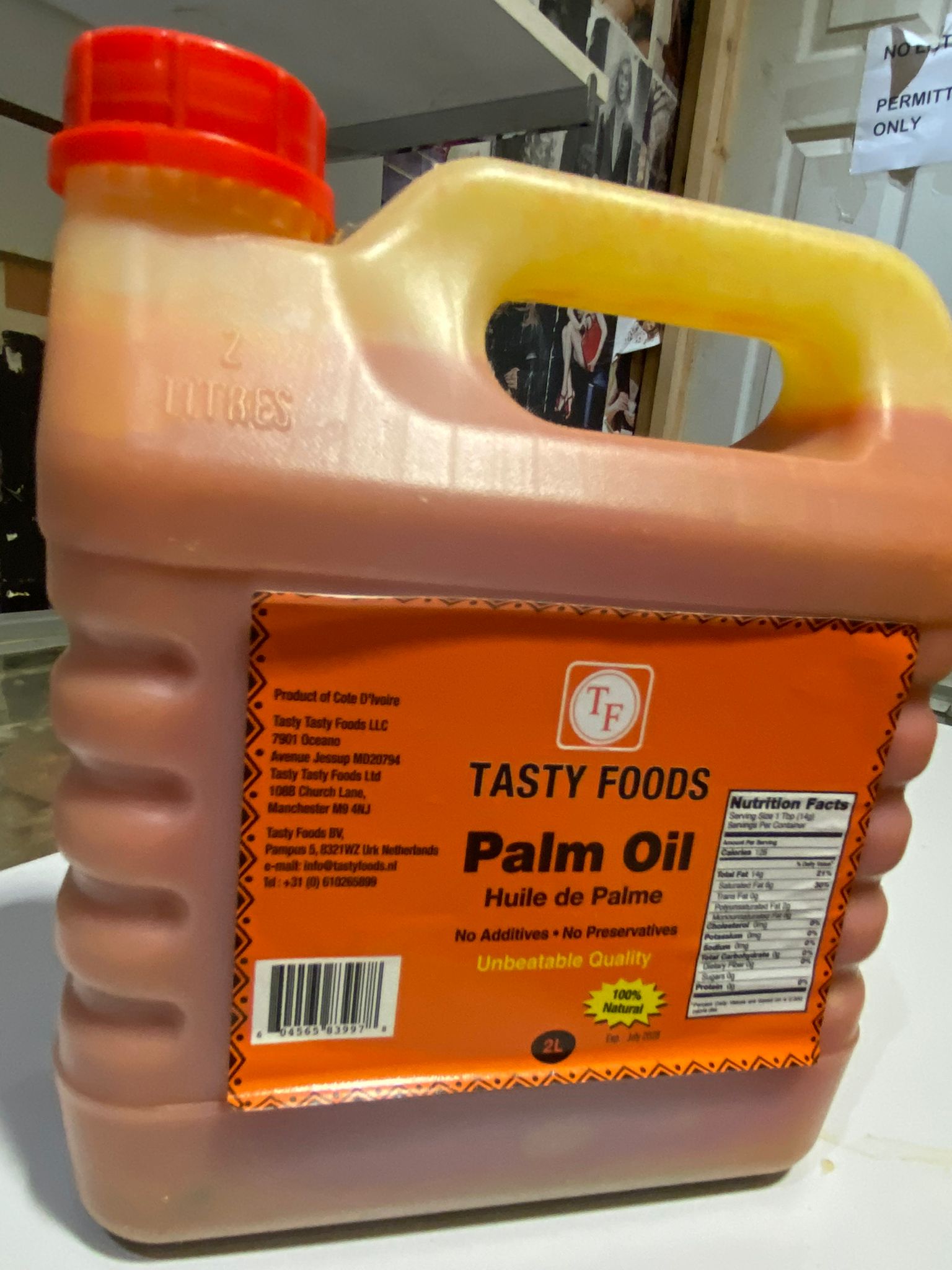
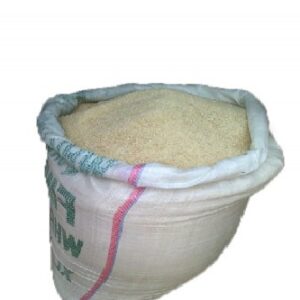
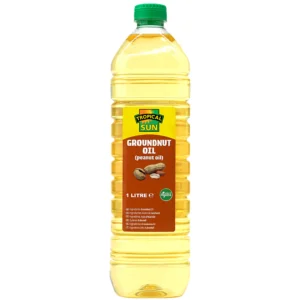
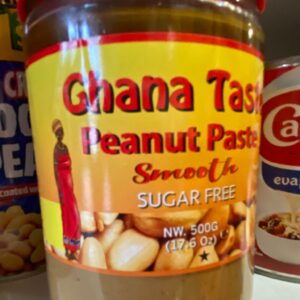
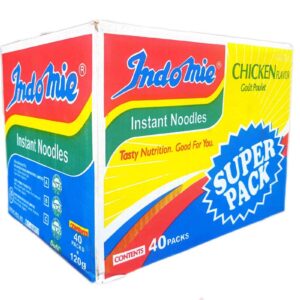
Reviews
There are no reviews yet.